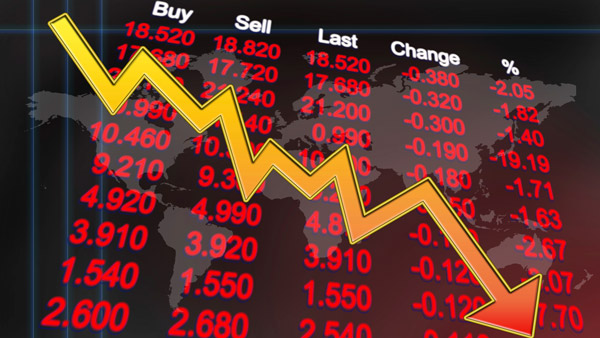
Historically, individual investors who wanted to protect against the possibility of big market drops would boost their fixed-income allocations at the expense of equities.
While that approach has held up reasonably well in some downturns, it has not served investors as well in others — particularly the last major selloff in 2007-2008, when historical correlations broke down and bond gains didn’t come close to offsetting equity losses.
A recent research paper from S&P Global examined this period, along with the stock market crash of 2000-2002, and compared traditional equity/fixed-income allocations to an alternative de-risking option — use of risk control structured annuities that protect against dramatic market losses while providing exposure to upside index gains. These products are gaining widespread attention as more and more baby boomers begin focusing on the transition from the wealth accumulation phase of their lives to the distribution phase. Individuals nearing retirement become more cognizant of sequence of returns risk—the danger of a market downturn as they prepare to draw from their hard-earned nest egg.
(Related: Analysts Grade Variable Annuity Issuers’ Stormproofing)
The paper’s findings support our view that risk control annuities belong in many retirement portfolios and can provide a useful hedge against downturns, particularly the big drops that can take an investor’s breath and dollars away. At best, these sharp drawdowns give savers anxiety and, at worst, cause them to make impulsive, irrational investment decisions in times of stress.
The Long Haul
The study first looked at performance over a 22-year period ending in 2017. It found that a portfolio allocated half to a “moderate” 65/35 stock/bond mix and half to a risk control annuity performed almost as well as a traditional 60/40 stock/bond allocation (6.7% annual return for the portfolio with risk control, versus 7.4% for the traditional stock/bond mix), with a similar Sharpe Ratio.
What struck the S&P research team, however, was the marked improvement in the maximum drawdown (the peak-to-trough decline of a portfolio over a set time period) on the risk control portfolios, with 17% for the moderate risk control portfolio versus ‑23.4% for the traditional stock/bond mix. “As expected and by design,” the researchers wrote, “risk control portfolios provided better downside protection for market participants.”









 March 26, 2019 at 04:31 AM
March 26, 2019 at 04:31 AM












